Bleomycin Sulphates
Bleomycin Sulphate, which is also known as bleomycin A1, bleomycin B2 or simply bleomycin. It belongs to a bleomycin, a class of glycopeptides having antitumor and antibiotic properties. Its molecular structure is diagrammatically depicted in Figure 1, while the four subunits or domains are highlighted in Figure 2. The complete process of its synthesis is well known and fully documented in the scientific literature in detail. Each of these domains has a unique function which has a biological role. For example: N-terminus domain is structurally a pyrimidine having b-aminoalanine amide side chain and the linked b-hydroxy-l-histidine that effectively activates the molecular oxygen, chelates the metal ion and also selectively cleaves the DNA double stranded molecule. C-terminus domain includes the bithiazole and the positively charged sulfonium salt that possess the affinity for binding with the DNA molecule. It also enhances the biological functions of Bleomycin Sulphate. Carbohydrate domain is responsible for the uptake of Bleomycin Sulphate into the cell. Linker domain helps in the firm binding of the DNA molecule with the Bleomycin Sulphate.
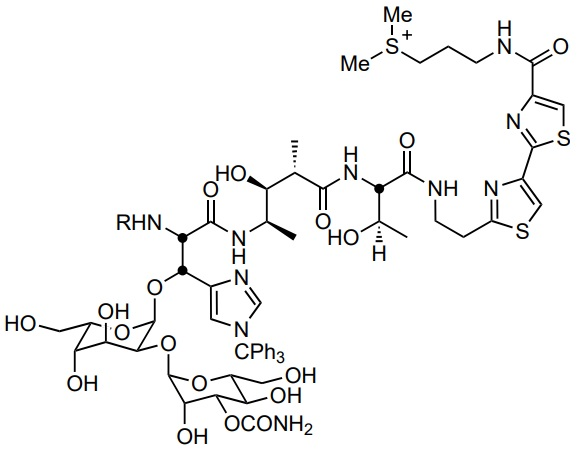
Figure 1 The Molecular Structure of Bleomycin Sulphate, where R is the N terminus domain which is essentially a pyrimidoblamic acid
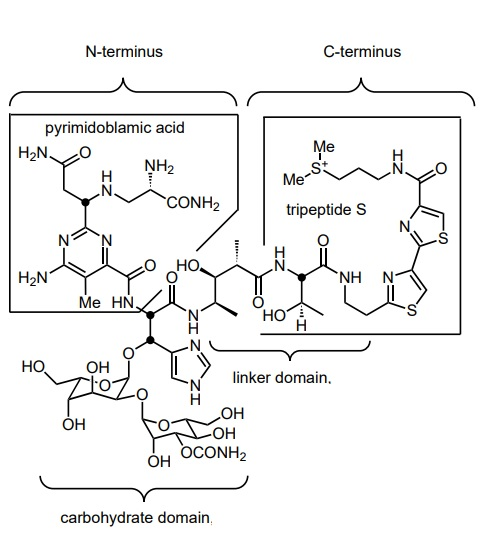
Figure 2 The Molecular Structure of Bleomycin Sulphate: it has four subunits or domains, namely, 1. N-terminus domain, 2. C-terminus domain, 3. Carbohydrate domain, 4. Linker domain.
Warts or verrucae vulgares is a skin infection, with the prominent sites include palms, soles and fingers. Pathologically, the warts i.e., Periungual and subungual, are the benign tumors, i.e., hyperkeratotic papillomas which are essentially fibroepithelial tumors in nature. It is a contagious medical condition which is caused by a virus, specifically, human papillomavirus serotypes 1, 2, 4, and 27. These tumors are localized; it implies that all the un-targeted or poorly targeted therapeutic options, for example, chemotherapy, immunotherapy and systematic pharmaceutical drugs are not the desirable therapeutic treatments against warts owning to the potential side effects associated with them. Another limitation associated with the treatment of warts is that most of the warts are resistant to the commonly used methods.
Bleomycin Sulphate has the cytotoxic effect, as it essentially inhibits the replication/ synthesis of DNA and synthesis of proteins in the treated cells. It essentially binds and cleaves the double stranded DNA molecule in a nucleotide sequence dependent manner i.e., at 5'-GC or 5'-GT nucleotide sequence. It takes place in two subsequent steps, 1. the atom abstraction at C4'-H in the minor groove, 2. The fragmentation of deoxyribose backbone of the double stranded DNA molecule. This DNA cleavage process needs the metal ion and the molecular oxygen. The underlying mechanism of the DNA cleavage is diagrammatically illustrated in Figure 3
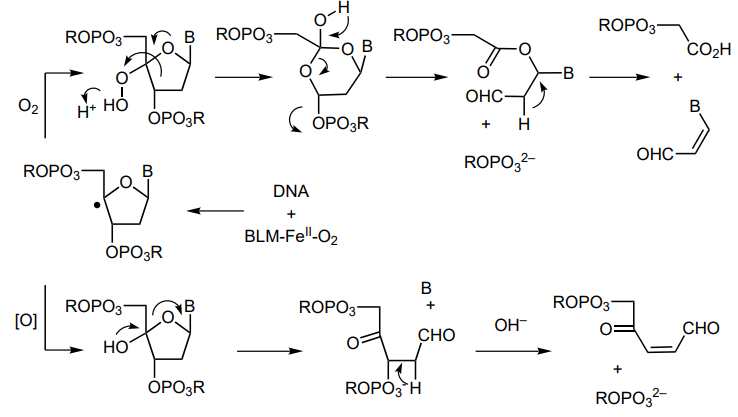
Figure 3 The underlying mechanism of the DNA Cleavage process via the activity of Bleomycin Sulphate. Here, B represents a nucleobase, while BLM represents Bleomycin Sulphate
The DNA cleavage initiates the apoptosis, a type of cell death which is programmed in nature. This apoptosis is accompanied by the tissue necrosis at the site of application of Bleomycin Sulphate. This eventually cause an immune response.
This cytotoxic effect could be clinically well exploited to treat cancers which are medically termed as neoplasms by killing the cancerous cells or tumors. In fact, it has been clinically, i.e., therapeutically applied to treat a wide range of such viral warts.
In a research study, human subjects suffering from warts of periungual and subungual nature (as shown in Figure 4 (a) and Figure 5 (Boger and Cai)) were treated with a Bleomycin Sulphate injection (3 U/mL) at the wart site, in technical term as intralesional injection, with a time interval of 3-4 weeks. Some transient and minor post-treatment side effects have also observed in the human subjects who were treated with Bleomycin Sulphate injection. These side effects include pain (moderate or severe) started at the time of injection which lasted for 1 or 2 days, tissue necrosis and hyperpigmentation around the tumor lesions that lasted for up to 8 weeks. Apart from these, no major or systemic side effect were observed in the Bleomycin Sulphate treated human subjects. In that research study, it has been scientifically shown that Bleomycin Sulphate injection is not only the effective therapeutic option (as shown in Figure 4 (c) and Figure 5) but also a targeted therapeutic option as it does not cause any medically significant side effect in the human subjects. Moreover, zero recurrence rate of the periungual and subungual warts, was observed after IL Bleomycin Sulphate treatment in that research study.
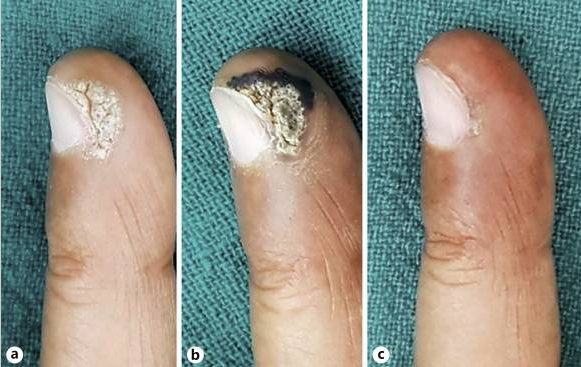
Figure 4 Periungual Warts The initial wart tumors before any Bleomycin Sulphate injection Necrotic crust is formed which is hemorrhagic The wart is completely healed without leaving any scar mark after two consecutive Bleomycin Sulphate injections
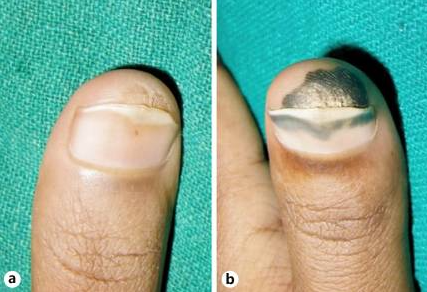
Figure 5 Subungual Warts: b. The initial wart tumors before any Bleomycin Sulphate injection a. The wart is completely healed without leaving any scar mark after two consecutive Bleomycin Sulphate injections
In another research study, both the palmar and plantar warts in addition to the periungual ones were also treated with intralesional Bleomycin Sulphate. These warts were resistant to commonly used treatments. The minor and temporary post-treatment side effects associated with intralesional Bleomycin Sulphate injection are somewhat same as shown in the previous research study include pain and pigmentation. Although no tissue necrosis was observed in this research study, but a recurrence rate was associated with the treatment of intralesional Bleomycin Sulphate injection. It has been scientifically shown that intralesional Bleomycin Sulphate injection effectively and safely treats the warts, especially the resistant ones with minimal post-treatment side effects. These convincing results are depicted in Figure 6 and Figure 7.
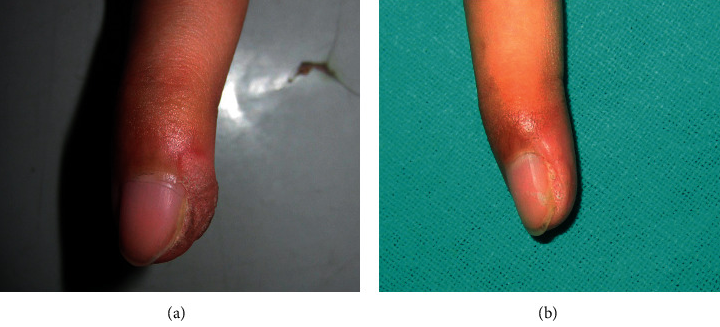
Figure 6 The Periungual Wart: a. The initial wart tumors before any Bleomycin Sulphate injection b. The wart has shown a significant healing as the tumor size is significantly reduced, after two consecutive Bleomycin Sulphate injections
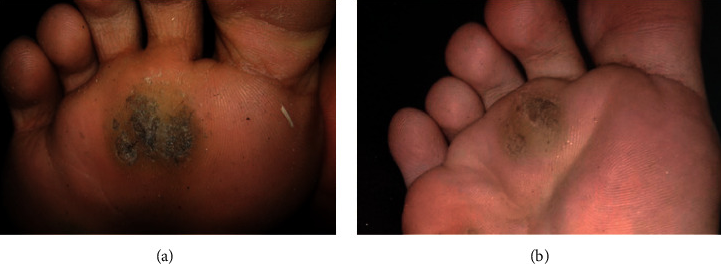
Figure 7 The Plantar Warts: a. The initial wart tumors before any Bleomycin Sulphate injection a. The wart has shown a significant healing as the tumor size is significantly reduced, after two consecutive Bleomycin Sulphate injections
Low dosage, no major side effect and high patient satisfaction are the clinical advantages of the therapeutic use of Bleomycin Sulphate against common warts. The clinically convincing results are shown in Figure 8.
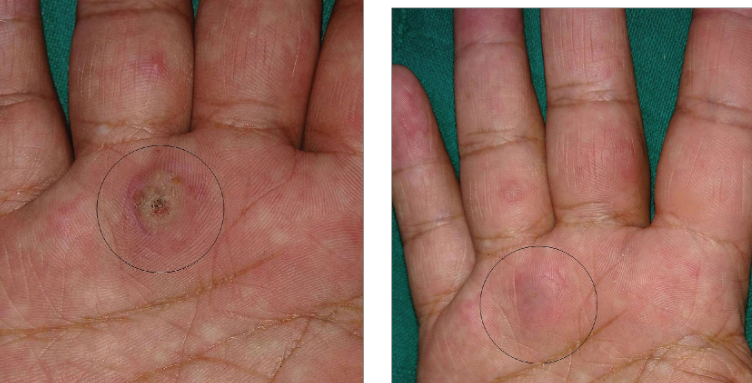
Figure 8 The Common Warts on the palms: the common warts before the Bleomycin Sulphate treatment (in the left side) are completely healed with no scarring mark after treated with Bleomycin Sulphate (in the right side)
In another research study, it has been scientifically shown that intralesional Bleomycin Sulphate is clinically a better treatment option against the common warts than the cryotherapy. It is due to statistically significant effectiveness and less risk associated with the intralesional Bleomycin Sulphate treatment.





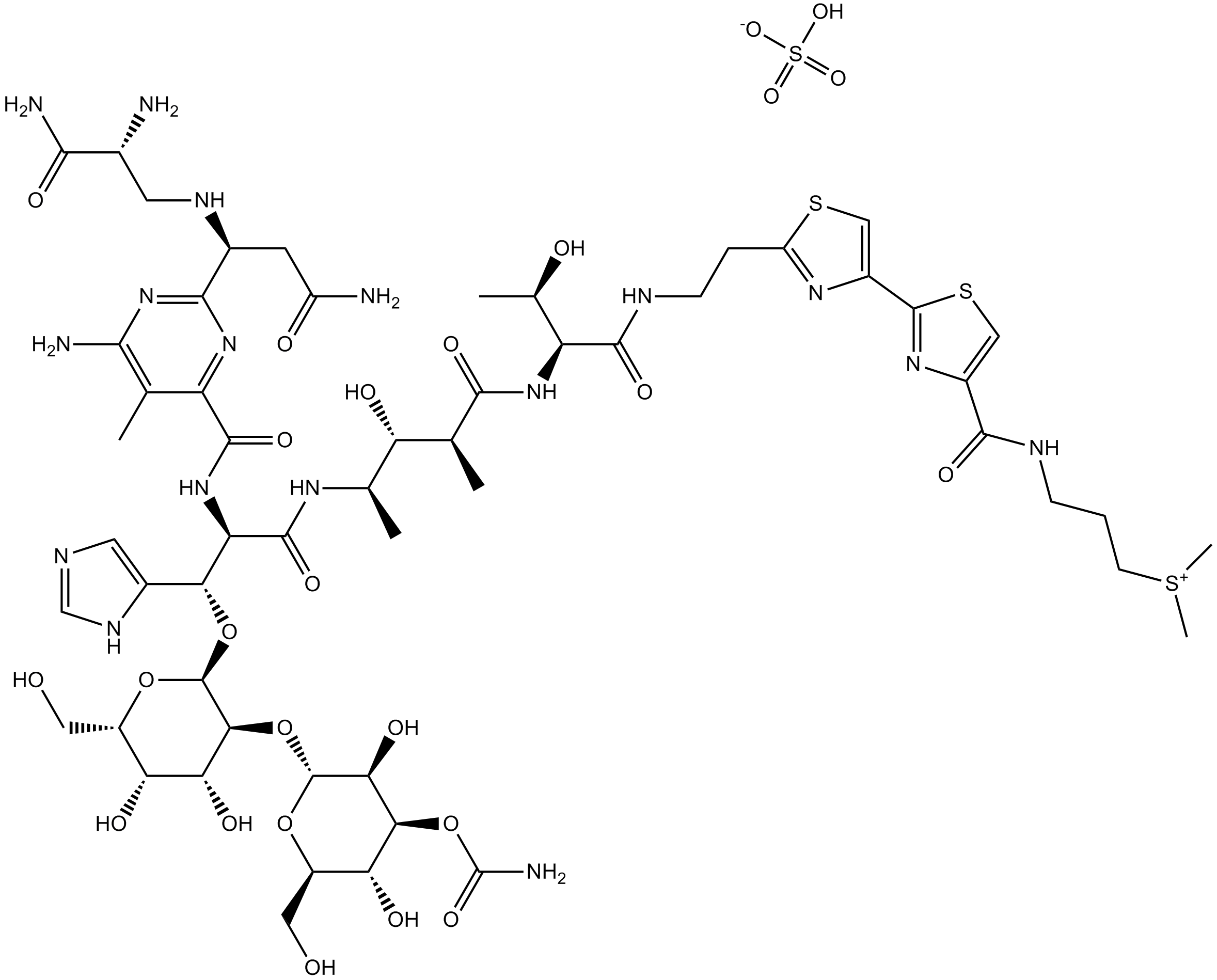








Commentaires
Get rid of all kinds of Herpes and virus infections, Diabetes, Hepatitis A B C, Menopause and HIV with Natural Roots and Herbs, i was once infected with HERPES and after using Dr UMA Herbal Medicine for couple of weeks i couldn't trace it anymore, i even
I already gave up on ever getting cured of HSV2 because i have try many treatment none of them work out for me i have gone to different hospital they always tell me the same thing there is no cure for herpes, when i came across a post about Dr UMA in the
I have been suffering from Herpes for the past 1 years and 8 months, and ever since then i have been taking series of treatment but there was no improvement until i came across testimonies of Dr. UMA on how he has been curing different people from differe
Real herbal remedy from dr uma whatsapp him on +2347035619585
I just want to share this great testimony to appreciate Lord Vasikar. Few months back l found out I have HERPES. I had used different kinds of medication which didn't help. Then I have to do a research and found so many interesting testimonies on the inte
How can I ever stop saying thank you to Lord Vasikar , After taking his medicine I was cured of herpis virus. with the help of Lord Vasikar your virus will be completely cure his herbal medicine is 100% sure you can reach him via WhatsApp +44(791)5646138
I just want to share this great testimony to appreciate Lord Vasikar. Few months back l found out I have HERPES. I had used different kinds of medication which didn't help. Then I have to do a research and found so many interesting testimonies on the inte
I just want to share this great testimony to appreciate Lord Vasikar. Few months back l found out I have HERPES. I had used different kinds of medication which didn't help. Then I have to do a research and found so many interesting testimonies on the inte